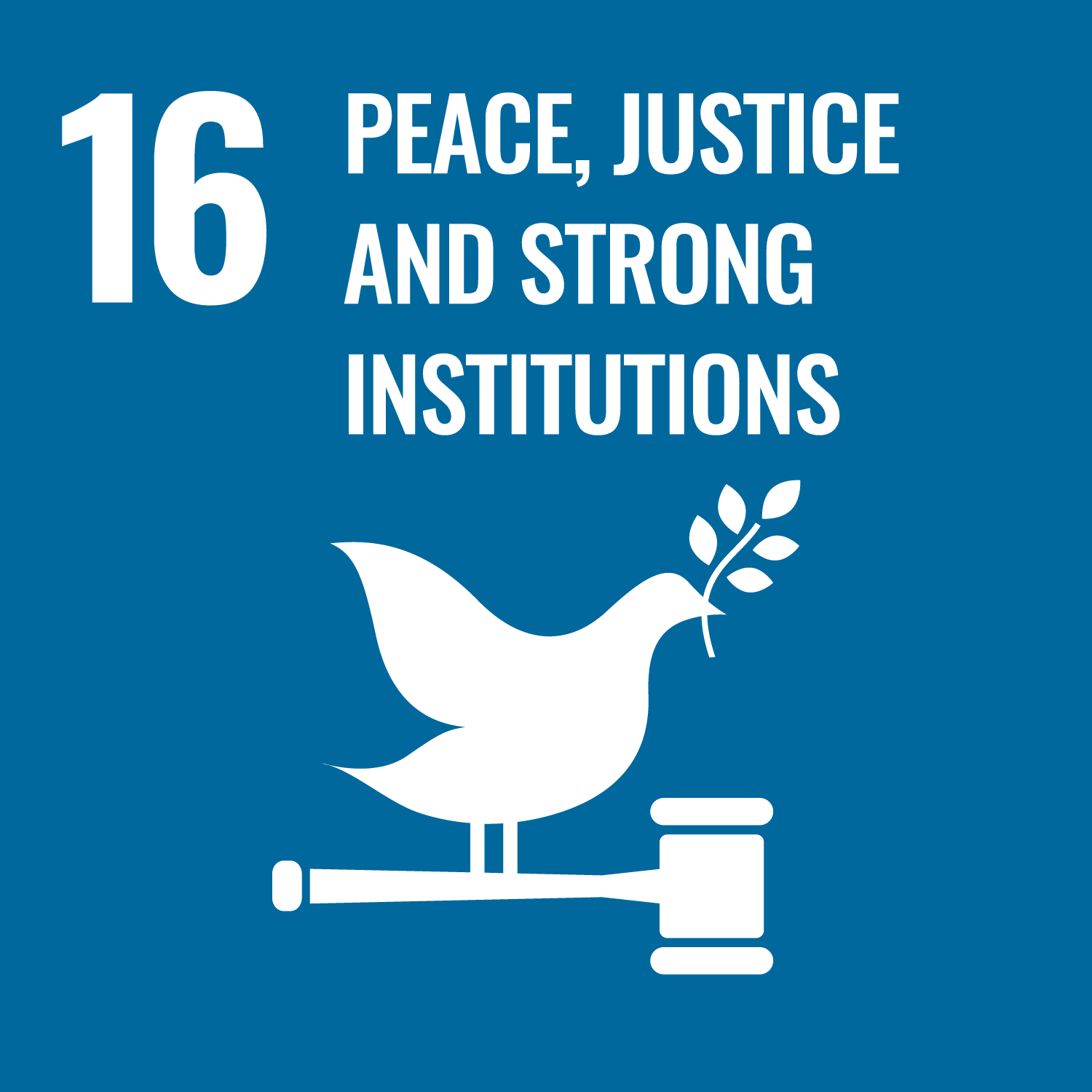Coulton, S. orcid.org/0000-0002-7704-3274, Nizalova, O. orcid.org/0000-0002-1704-2632, Pellatt-Higgins, T. orcid.org/0000-0002-2543-461X et al. (9 more authors) (2023) A multicomponent psychosocial intervention to reduce substance use by adolescents involved in the criminal justice system: the RISKIT-CJS RCT. Public Health Research, 11 (3). ISSN 2050-4381
Abstract
Background
Substance use and offending are related in the context of other disinhibitory behaviours. Adolescents involved in the criminal justice system constitute a particularly vulnerable group, with a propensity to engage in risky behaviour that has long-term impact on their future health and well-being. Previous research of the RISKIT programme provided evidence of a potential effect in reducing substance use and risky behaviour in adolescents.
Objectives
To evaluate the clinical effectiveness and cost-effectiveness of a multicomponent psychosocial intervention compared with treatment as usual in reducing substance use for substance-using adolescents involved in the criminal justice system.
Design
A mixed-methods, prospective, pragmatic, two-arm, randomised controlled trial with follow-up at 6 and 12 months post randomisation.
Setting
The study was conducted across youth offending teams, pupil referral units and substance misuse teams across four areas of England (i.e. South East, London, North West, North East).
Participants
Adolescents aged between 13 and 17 years (inclusive), recruited between September 2017 and June 2020.
Interventions
Participants were randomised to treatment as usual or to treatment as usual in addition to the RISKIT-Criminal Justice System (RISKIT-CJS) programme. The RISKIT-CJS programme was a multicomponent intervention and consisted of two individual motivational interviews with a trained youth worker (lasting 45 minutes each) and two group sessions delivered over half a day on consecutive weeks.
Main outcome measures
At 12 months, we assessed per cent days abstinent from substance use over the previous 28 days. Secondary outcome measures included well-being, motivational state, situational confidence, quality of life, resource use and fidelity of interventions delivered.
Results
A total of 693 adolescents were assessed for eligibility, of whom 505 (73%) consented. Of these, 246 (49%) were allocated to the RISKIT-CJS intervention and 259 (51%) were allocated to treatment as usual only. At month 12, the overall follow-up rate was 57%: 55% in the RISKIT-CJS arm and 59% in the treatment-as-usual arm. At month 12, we observed an increase in per cent days abstinent from substances in both arms of the study, from 61% to 85%, but there was no evidence that the RISKIT-CJS intervention was superior to treatment as usual. A similar pattern was observed for secondary outcomes. The RISKIT-CJS intervention was not found to be any more cost-effective than treatment as usual. The qualitative research indicated that young people were positive about learning new skills and acquiring new knowledge. Although stakeholders considered the intervention worthwhile, they expressed concern that it came too late for the target population.
Limitations
Our original aim to collect data on offences was thwarted by the onset of the COVID-19 pandemic, and this affected both the statistical and economic analyses. Although 214 (87%) of the 246 participants allocated to the RISKIT-CJS intervention attended at least one individual face-to-face session, 98 (40%) attended a group session and only 47 (19%) attended all elements of the intervention.
Conclusions
The RISKIT-CJS intervention was no more clinically effective or cost-effective than treatment as usual in reducing substance use among adolescents involved in the criminal justice system.
Future research
The RISKIT-CJS intervention was considered more acceptable, and adherence was higher, in pupil referral units and substance misuse teams than in youth offending teams. Stakeholders in youth offending teams thought that the intervention was too late in the trajectory for their population.
Trial registration This trial is registered as ISRCTN77037777.
Funding
This project was funded by the National Institute for Health and Care Research (NIHR) Public Health Research programme and will be published in full in Public Health Research; Vol. 11, No. 3. See the NIHR Journals Library website for further project information.
Metadata
| Item Type: | Article |
|---|---|
| Authors/Creators: |
|
| Copyright, Publisher and Additional Information: | © 2023 Coulton et al. This work was produced by Coulton et al. under the terms of a commissioning contract issued by the Secretary of State for Health and Social Care. This is an Open Access publication distributed under the terms of the Creative Commons Attribution CC BY 4.0 licence, which permits unrestricted use, distribution, reproduction and adaption in any medium and for any purpose provided that it is properly attributed. See: https://creativecommons.org/licenses/by/4.0/. For attribution the title, original author(s), the publication source – NIHR Journals Library, and the DOI of the publication must be cited. |
| Keywords: | Humans; Adolescent; Quality of Life; Prospective Studies; Criminal Law; Pandemics; Psychosocial Intervention; COVID-19; Substance-Related Disorders; Randomized Controlled Trials as Topic |
| Dates: |
|
| Institution: | The University of Sheffield |
| Academic Units: | The University of Sheffield > Faculty of Arts and Humanities (Sheffield) > School of Law |
| Depositing User: | Symplectic Sheffield |
| Date Deposited: | 10 Feb 2025 16:28 |
| Last Modified: | 10 Feb 2025 16:28 |
| Status: | Published |
| Publisher: | National Institute for Health and Care Research |
| Refereed: | Yes |
| Identification Number: | 10.3310/fkpy6814 |
| Related URLs: | |
| Sustainable Development Goals: | |
| Open Archives Initiative ID (OAI ID): | oai:eprints.whiterose.ac.uk:223099 |



 CORE (COnnecting REpositories)
CORE (COnnecting REpositories) CORE (COnnecting REpositories)
CORE (COnnecting REpositories)